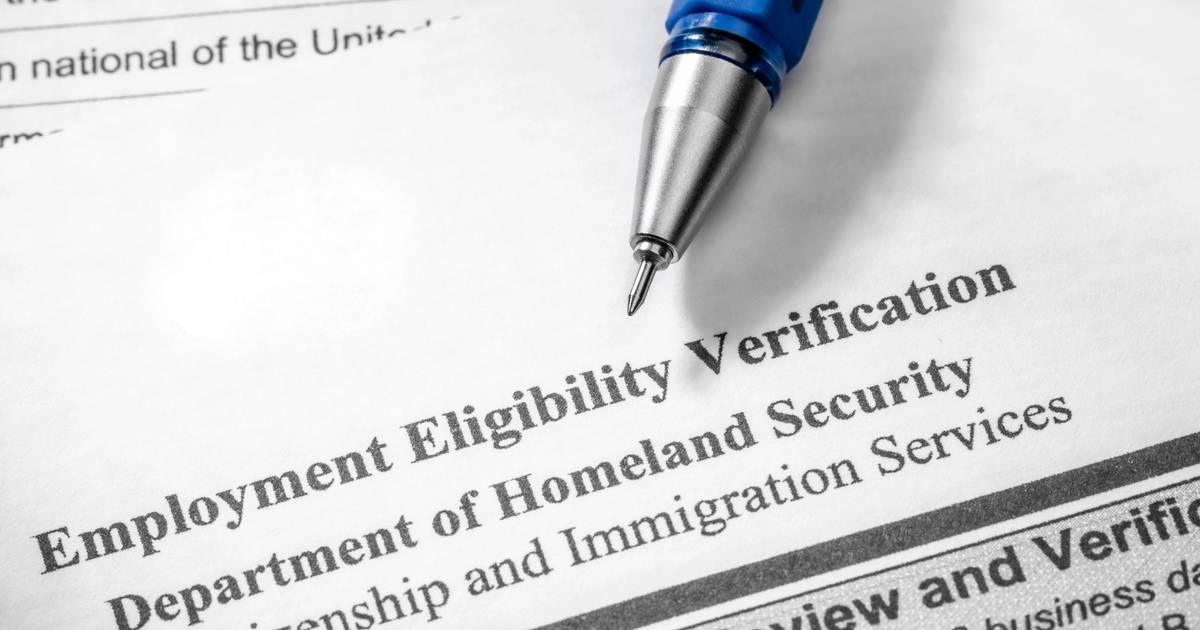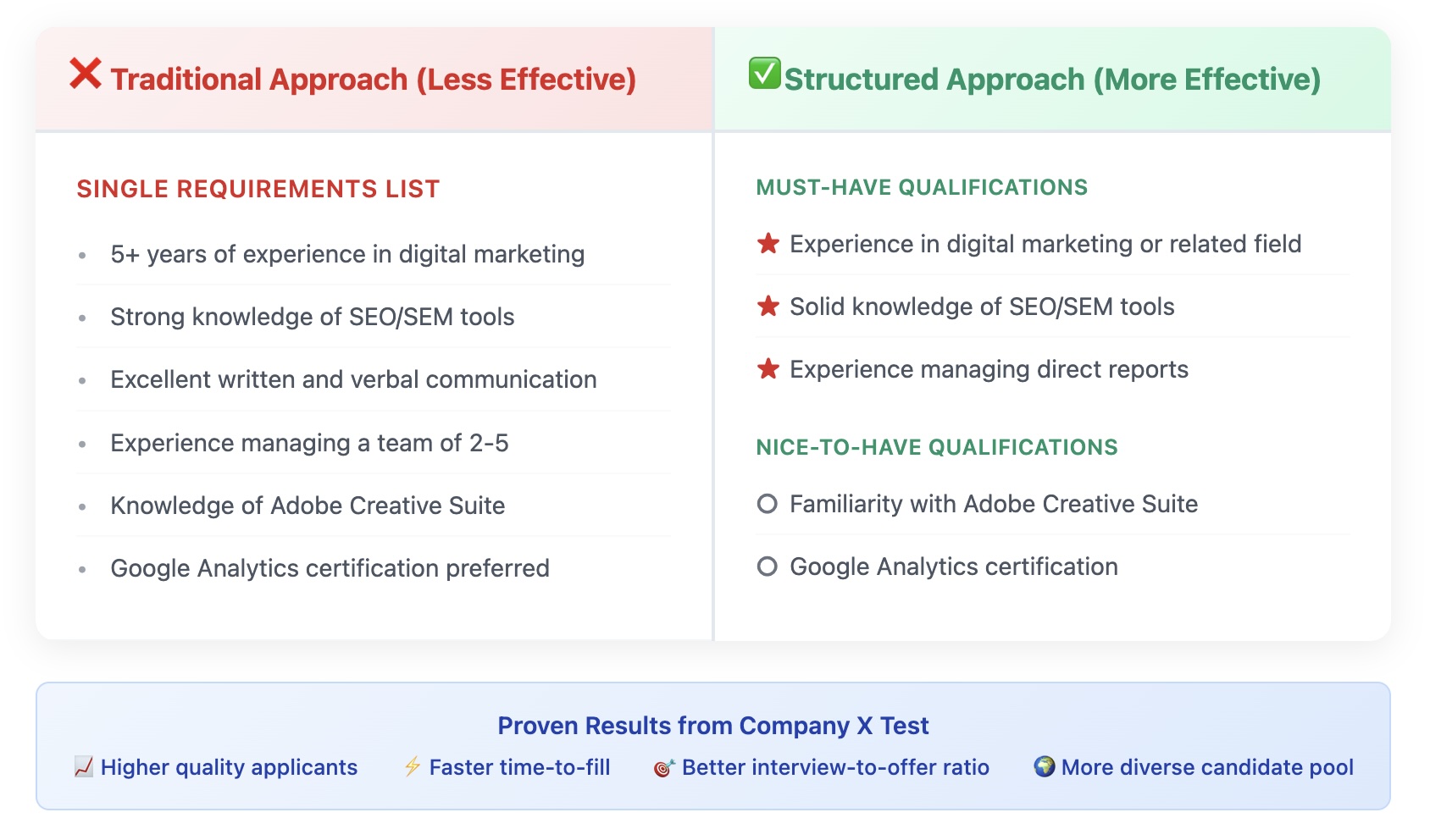As immigration enforcement skyrockets under the second Trump administration, a new problem is keeping HR teams up at night: I-9 audits.
The one-page forms, used to verify the identity and employment eligibility of new workers, are subject to review from the government at any time. Experts warned that government agencies, including Immigration and Customs Enforcement (ICE), would ramp up investigations after President Trump took office again in January.
Risks abound with I-9 investigations. Penalties for employers can range from $288 to $2,861 for paperwork errors alone on the form, while knowingly employing an unauthorized worker can result in a fine as high as $5,724 or even criminal charges. As a result, more organizations are auditing their own I-9 forms to avoid getting in trouble should ICE target them for an investigation.
“The key defense to addressing ICE issues is to make sure your I-9s are in order,” David Jones, a managing partner at Fisher Phillips’s Memphis office and co-chair of its Immigration Practice Group, said during a breakout session at SHRM’s annual conference in San Diego.
Organizations are increasingly placing that responsibility on HR’s shoulders. Jessica Roberts, manager of HR operations at the Delaware-based healthcare system Christiana Care, told HR Brew that her team is currently conducting a self-audit. The primary driver of the audit was potential investigations: “Just because of today’s climate, as far as the worry of the potential for an I-9 audit,” she said.
Many employers used to overlook I-9 form compliance, but more are looking to conduct audits as enforcement ramps up, John Fay, director of product strategy at Equifax Workforce Solutions and a former practicing immigration attorney, told HR Brew.
“Mostly what we’re hearing now is employers coming to us and saying, ‘What do I do? How do I prepare? What’s the risk?’” Fay said.
Where to begin. Experts strongly recommend that employers use a third-party provider to conduct an audit, because often those conducting the audit in-house will fail to see the previous errors made, which could potentially create an even bigger compliance mess for future self-audits. Experts suggest a third-party auditor could catch inaccuracies that otherwise might be missed.
But “any self assessment is better than none at all,” Fay said. If employers can demonstrate that they were attempting to follow best practices, even if they made errors, the government might be more forgiving when it comes to levying penalties.
To start, some organizations may begin by auditing a sample of all of their forms, while others might choose to review every form. Afterwards, they’ll need to pull the forms in whatever form they’re in (on paper or electronically).
Quick-to-read HR news & insights
From recruiting and retention to company culture and the latest in HR tech, HR Brew delivers up-to-date industry news and tips to help HR pros stay nimble in today’s fast-changing business environment.
From there, employers will want to ensure they’re getting every form for every active employee, as well as former employees dating back a certain period (either three years since their start date, or one year since their end date, depending on whichever is the longer period).
“Then it’s just going through them all, reviewing them, figuring out what the issues are, and coming up with a strategy of how we’re going to fix them,” Fay said.
As for the frequency of conducting self-audits, Fay explained that it depends on the employer and industry. In sectors that more heavily rely on immigrant labor with a heightened risk for investigations (such as agriculture or manufacturing), organizations might want to conduct reviews more often, such as monthly or quarterly.
Catching errors. Common mistakes Roberts’ team keeps finding as part of their audits include missing documents, incorrect hire dates, and missing initials.
“Nothing crazy, but you can be fined for everything. In the scheme of things, everything is a worry,” she said.
Roberts’ team is not alone as many employers catch errors on these forms. “The I-9 has been one page for most of its existence since 1986, and I’ve almost probably never seen an employer who had every I-9 done correctly,” David Jones said.
Other common errors include employees inputting their birthdate for their hire date, foreign nationals attesting to the wrong status (for example, a visa holder erroneously selecting that they are a permanent resident), and leaving parts of the form blank.
“There’s probably a couple hundred different ways you can mess up an I-9 form,” Fay said.
He also warned against going in and retroactively fixing a problem. Fay recalled one public case where a company discovered it had several incomplete I-9 forms: The employee auditing the forms went and retroactively completed and signed the forms, backdating them for fear of getting in trouble. But, they signed and backdated using their married name on forms completed before they were married.
“The government actually did this investigation and discovered: ‘Hey, you weren’t actually married back then.’ So it looked really, really bad,” Fay said. “That’s the number one thing with audits: You want to be as transparent as possible. No white out, no backdating. We always recommend attaching a note explaining that you saw the issue,” he added, noting that with the notion of good faith, if an employer demonstrates that they’re making an effort, “many times the government will turn the other way.”











